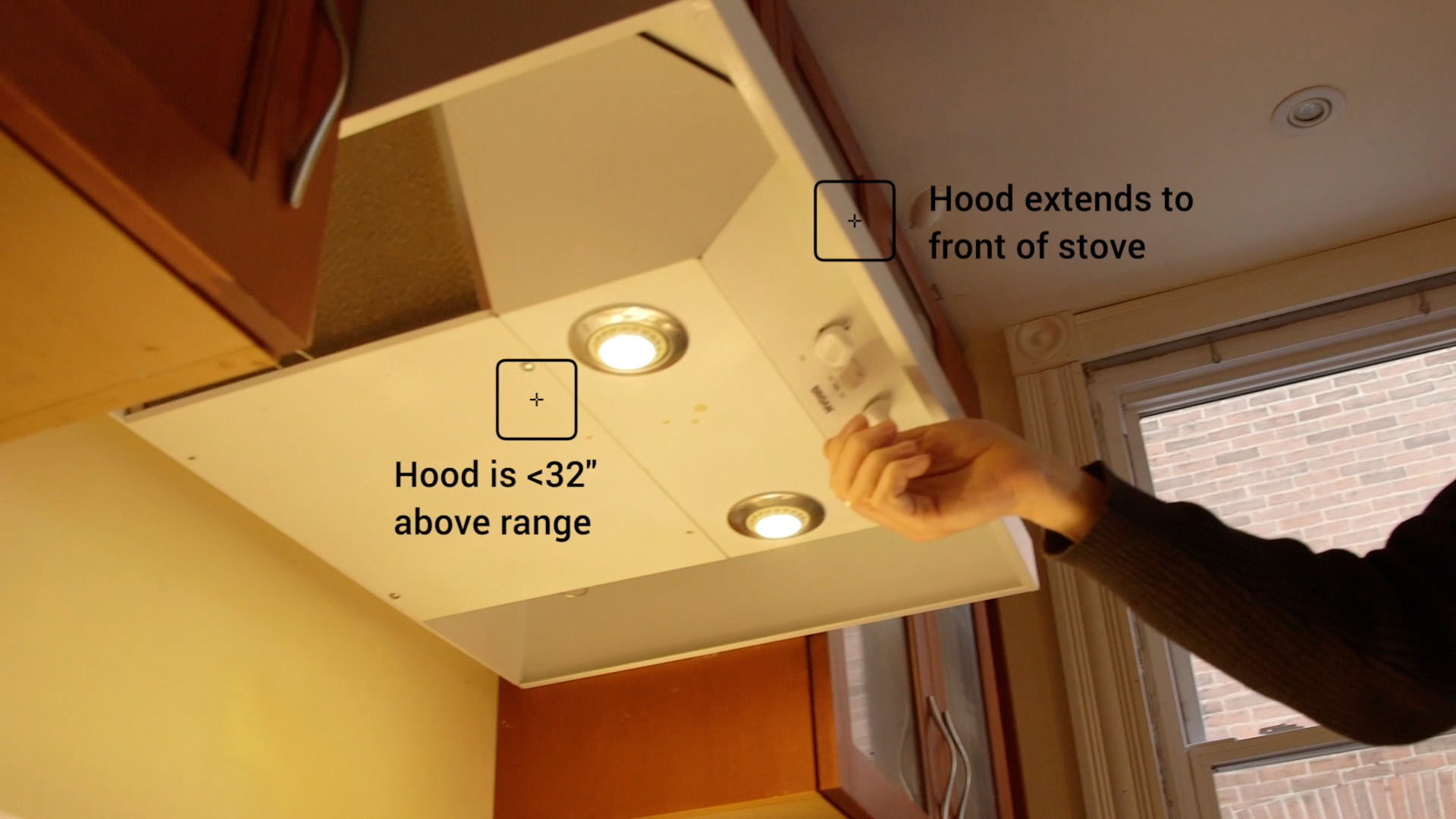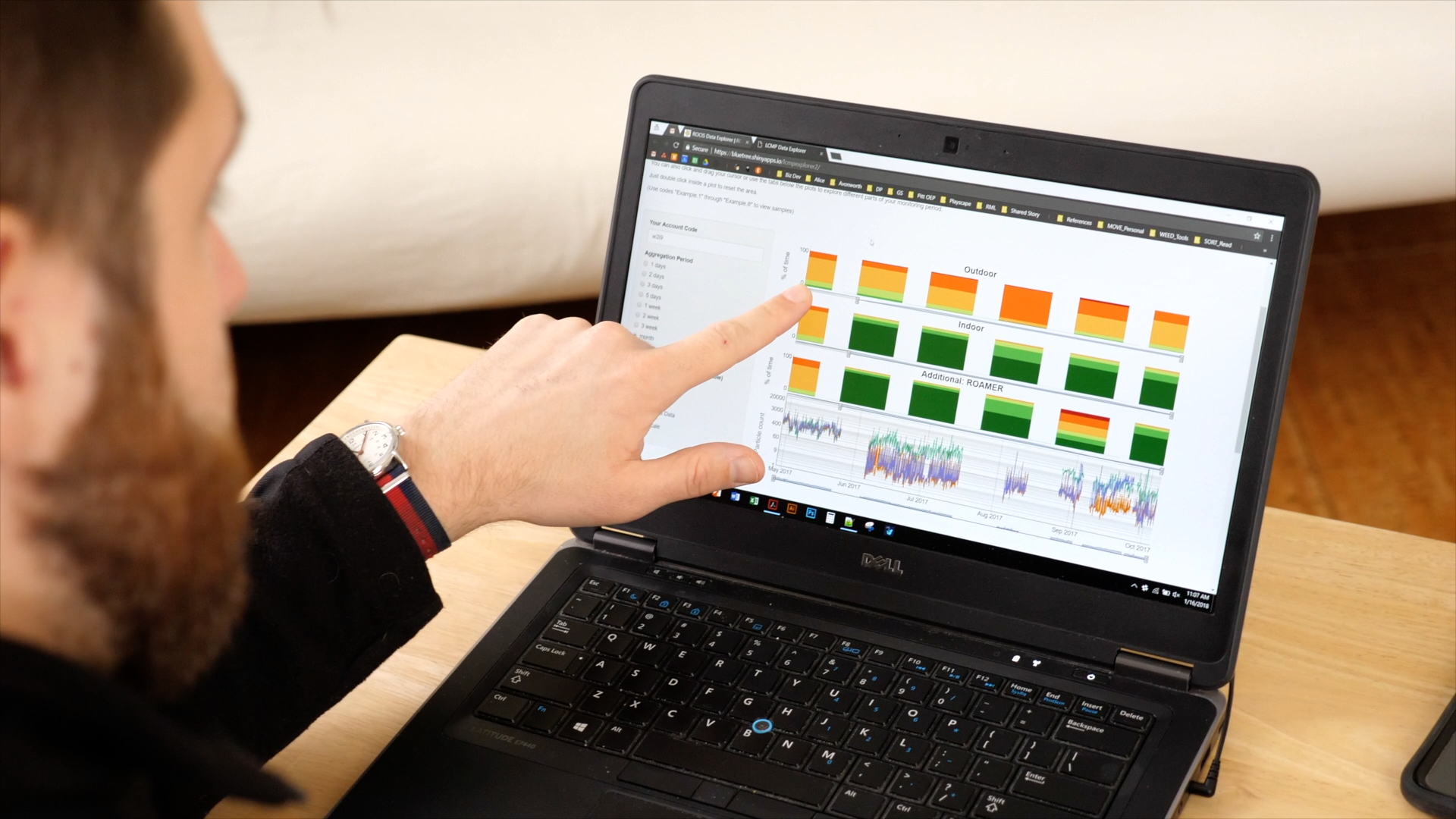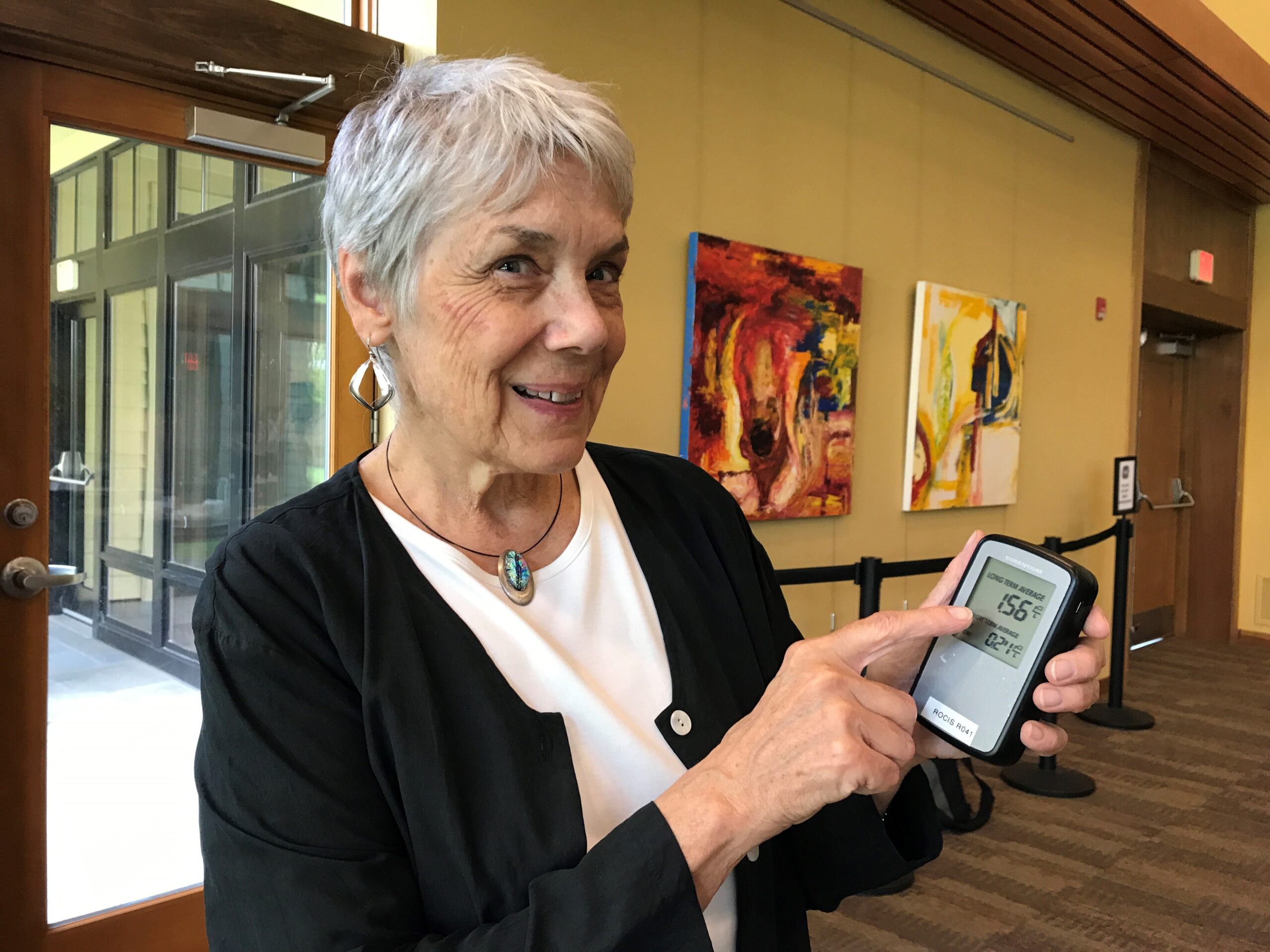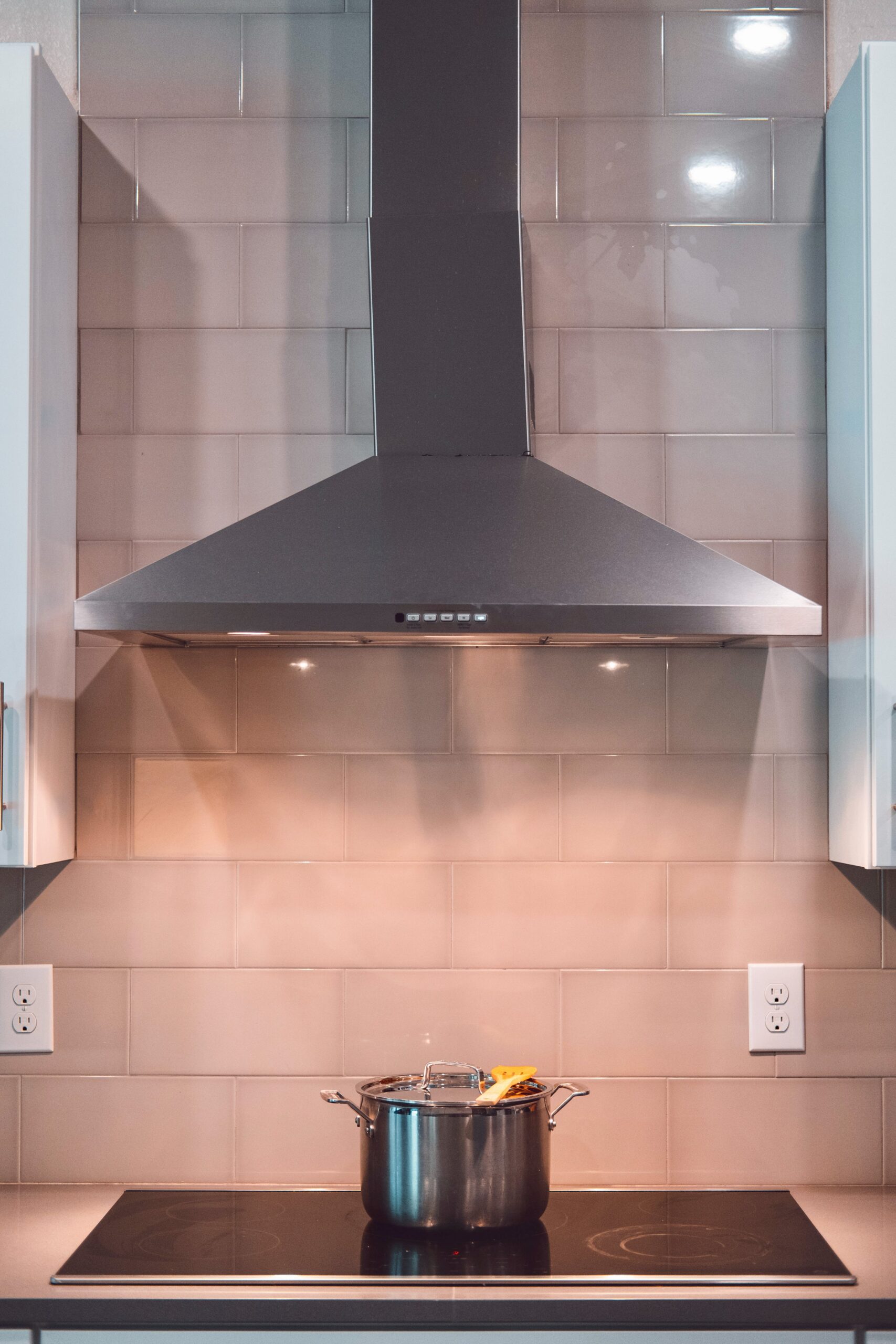
Every building has an air exchange with the outdoors. Leaks, open windows, and weather can all impact how much air gets in. As outdoor air makes its way in, it carries particles with it. This pollution can have an enormous impact on health.
ROCIS (Reducing Outdoor Contaminants in Indoor Spaces) is dedicated to monitoring and improving indoor air quality in the homes and workplaces where people spend their time.
ROCIS Mission
Our mission is to reduce the impact of exterior environmental pollution in southwestern Pennsylvania to create healthy and energy efficient indoor environments.

Our Work
Find out more about what we’ve been doing related to air quality, particle pollution, monitoring, in-home solutions, and more.
Job Opportunity: SWPA Program Coordinator
March 29, 2024 CONTRACTOR POSITION: ROCIS Southwestern PA Program Coordinator DESCRIPTION: As an on-the-ground representative of the ROCIS initiative, the SWPA Program Coordinator will facilitate ROCIS programs, recruit participants for the Low...
Radon Reality Check
by Shaina Lacap The ROCIS radon data shows that we should all be testing for radon, but testing isn’t enough.While most Americans are aware of the risks associated with smoking, the health impacts of radon often fall under the radar. Radon is the second leading cause...
Cut it Off at the Source: Tips for Reducing Indoor Emissions
When it comes to pollution control, addressing the source of the pollution itself is the key. Both the cooking of food and the burner use can be a major emission source, so how you cook can make a big difference. Here’s how to tackle cooking and burner emissions of...
ROCIS Blog
Read more about our work at the ROCIS Blog:
ROCIS Highlights
ROCIS approaches indoor air quality from many different angles.
These are some of the things we’re best known for.

About Kitchen Range Hoods
Check out this ROCIS issue brief on “Ducted Range Hoods.” Learn best practices for selecting, installing, and operating a quiet and effective hood in both new and existing homes. Consumers and building professionals will find this document useful. If you want to provide better air for your family, it is well worth reading!

Low Cost Monitoring Project
Join our free Low Cost Monitoring Project (LCMP) to gather data about the air in your home, school, or workplace and test out interventions to reduce pollution exposure. Each month-long cohort provides both indoor/outdoor air quality monitors and expert guidance from the ROCIS team. You could be part of our next cohort!

Clean Air Chronicles
Participants in our Low Cost Monitoring Project witness firsthand how outdoor air quality impacts the air inside. As part of our program, they learn what can be done to improve the air in their homes. These short videos capture a few families’ experiences with low-cost monitoring and targeted interventions. Watch their stories and explore other resources related to indoor pollution exposure.



